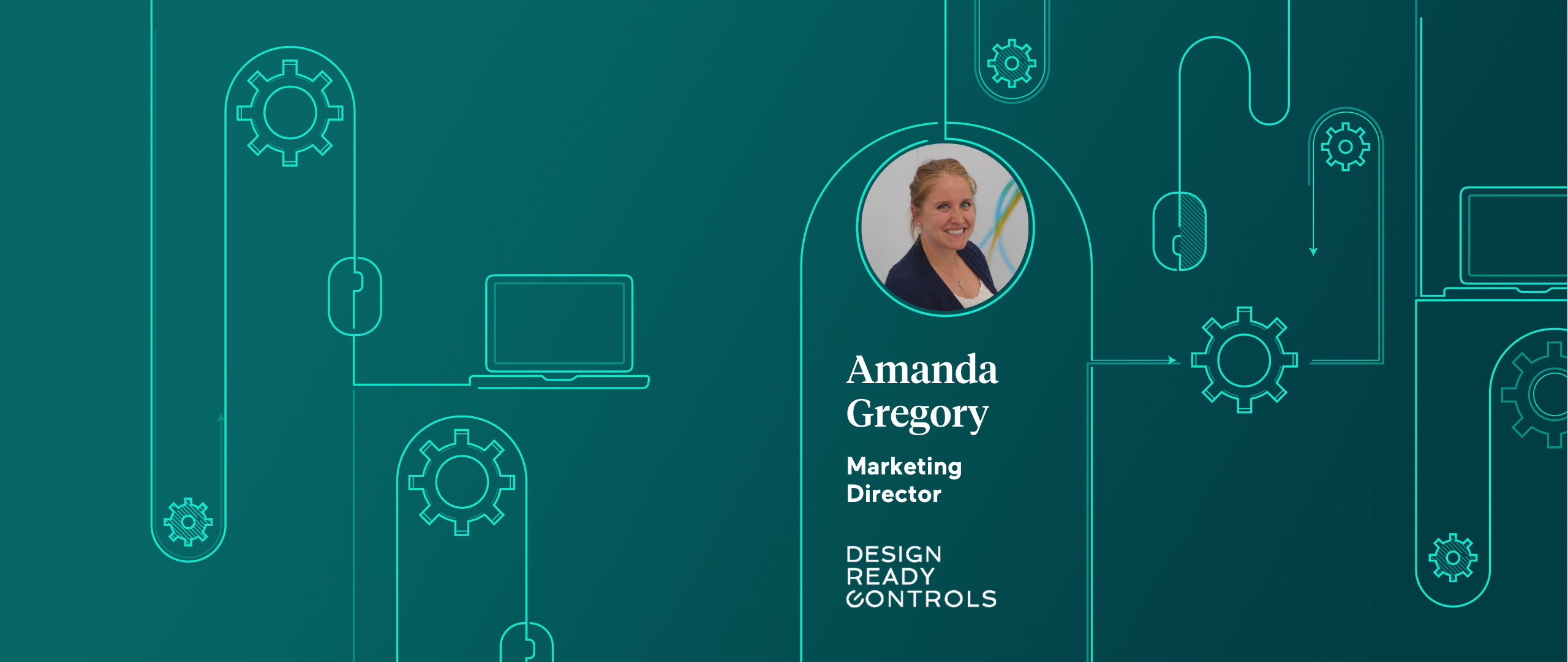In B2B healthcare PR, a patient story can make your dream press placement a reality, dramatically increase your brand awareness and grow sales.
Yet, patient stories can be difficult to come by. In our niche B2B healthcare work at Inprela, access to patient impact stories is a rarity because companies don’t have direct access to patients. Uncovering patient stories often requires a sales rep to dig for information and ask a favor of their customers. And, HIPAA privacy laws further complicate that process.
However, the challenges should not prevent you from prioritizing patient impact stories.
Why? Without a compelling impact story, elite media will not touch your story. That includes media like Reuters Health, NPR, CNN Health, New York Times, Wall Street Journal, Washington Post and Modern Healthcare.
Back in May, we announced a Stryker-sponsored clinical trial that ended early due to high probability of success. Results demonstrated a 73 percent reduction in disability in patients treated with mechanical thrombectomy within 24 hours of having a stroke. It was a compelling story. So, we gave Wall Street Journal the scoop and they published a prominent home-page story about the trial results. However, even with the compelling study results, the reporter told us he was unable to get the story on page-1 in print without a patient story. He needed to put a face to the story to make it emotionally tangible. I call it, the ‘girl next door’ effect. We worked really hard to make it happen, but the tight timeframe of the announcement worked against us.
To help you earn that dream placement, here are some tips for identifying a patient story:
- Take the blinded approach: Health systems are often hesitant to cooperate in supplier press efforts because they want to retain vendor neutrality. Participation in a press story can be perceived as an endorsement. When you run into this hurdle, tell the health system that the location of treatment will be blinded in the story and that you will coach the patient to tell their story without mentioning where they received treatment. Unless the location of treatment is central to the story, the reporter may be okay with identifying the patient by name and the city where he or she lives, in addition to other human-interest details, such as profession, past-times and family details.
- Talk to patients who weren’t customers: If you’re launching a new product, you likely don’t have customers yet anyway. So, find someone who was a “victim” of the problem that your product/therapy/procedure solves. For example, if your solution improves cancer diagnosis to improve survival rates, find someone whose family member was not fortunate to receive an early-stage diagnosis. The concept might make your legal team squirm, but those stories are real and they need to be told in order to help people understand why a better solution is needed. Assure your legal team that the story will stick to the facts and won’t take a fear-mongering approach, or throw any other organizations under the bus in the process.
When a patient story still fails to materialize despite valiant efforts, follow these creative workarounds to consumerize your story to increase its appeal to media:
- Leverage strong impact statistics: Did you know? Lung cancer kills more people than the next 3 leading cancers combined (breast, prostate and colorectal). Part of the problem is, only 16 percent of people with lung cancer are diagnosed before the cancer spreads [source: American Lung Association]. Statistics like this make the problem tangible. They help reporters and their readers understand just how significant the issue is, and why better solutions and more reporting/education is needed. However, be realistic about this compromised approach. Sometimes compelling impact statistics will only get you so far, as demonstrated by the Wall Street Journal example above.
- Use analogies: In our stroke press campaign, one of our spokespersons used an analogy to explain that some medical interventions can dramatically reduce long-term disability from stroke because patients lose brain tissue at different rates. He compared a stroke to a forest fire: “…a fire can destroy a forest. But different forests burn at different rates depending on factors like wind and water—and can be saved with interventions despite destruction at the fire’s origin site.”
Journalism 101 teaches us to find the people and the emotion in every story. It’s our job, even as B2B storytellers, to do just that. I promise you it will pay dividends.
For more insights on this topic, here’s an example of how a leading manufacturer humanized its offering.



